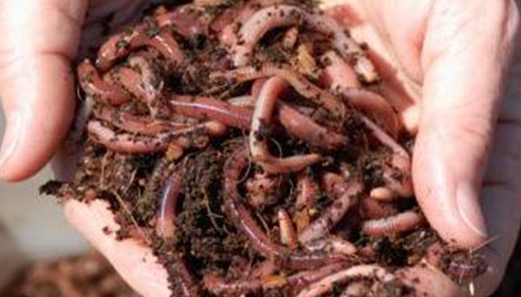Yogurt is a yummy treat to enjoy on its own or use in recipes from smoothies to sauces to desserts. Plus yogurt has protein and vitamin B12 (good for your red blood cells and nervous system), and yogurt contains live cultures that are good for your gut health.
How does yogurt making work? Milk is heated to denature its protein so it doesn’t curdle. The milk is then cooled and yogurt bacteria are added to the milk and allowed to ferment for a period of time. During the fermentation, the bacteria eat the milk’s sugars and create lactic acid. The lactic acid causes the milk protein to form its creamy, thick texture and tangy flavor.
What bacteria are in yogurt? Lactobacillus bulgaricus and Streptococcus thermophilus.
Here are instructions for how to make a basic plain yogurt:
Click here to watch a video on how to make yogurt that we filmed with the Adirondack Lakes Center for the Arts as part of their ALCA-Seltzer Series:

